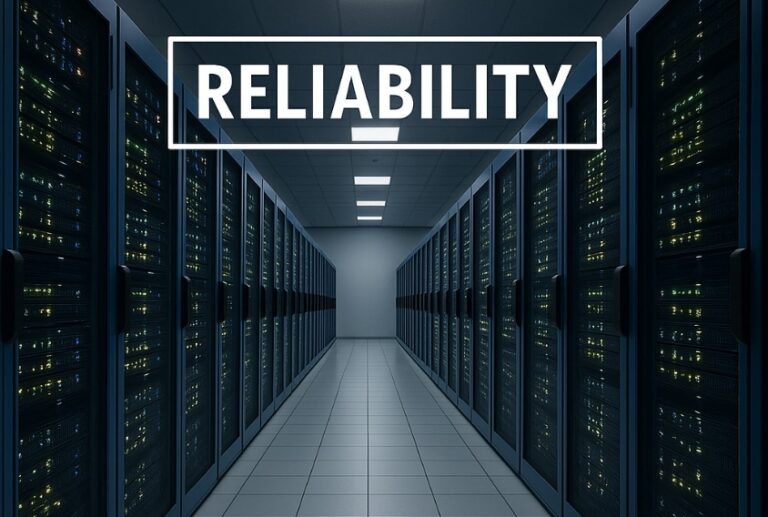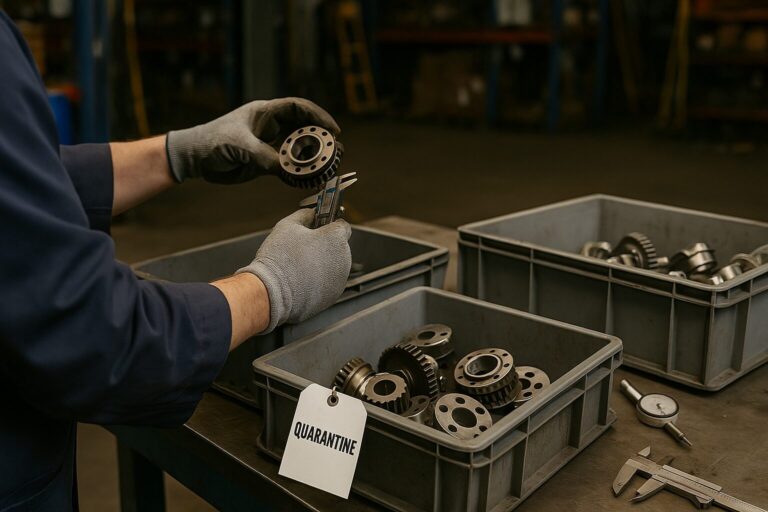Key Takeaways
- Asset integrity programs help you understand and effectively manage risks
- Good computational models and accurate data are critical to analysis and planning
- Obtaining and using the human intelligence that your staff possesses is also key
- Find ways to utilize the algorithms and your people to leverage the strengths and protect the weaknesses of both
- This should happen in three areas: program, culture, and training
Going beyond the numbers in your asset integrity programs
For the past several decades, a midwestern US pipeline had quietly carried hydrocarbons under fields, forests, and towns. Our firm, asset integrity programs pros, was brought in to perform a risk assessment of the line, had input historical data, including the number of one-call tickets and strikes, into the computational risk modeling tool. The assessment team was inclined agree with the tool’s “low” risk factor output for third-party damage.
That’s until some of the field staff mentioned that they’d seen unusual activity near the line—backhoes, surveyors’ flags, and contractors’ pickup trucks. Investigation found that a major housing development was being planned near the pipeline right of way. This would significantly increase the threat to the pipeline from third-party damage during the development work. This might include construction equipment traversing it, water lines, sewers, and other utilities being installed, basements being dug—all of it with the potential compromise the integrity of the line.
As a result, we increased the third-party damage risk for the pipeline and put proactive protective measures in place such as outreach to the contractors about the pipeline’s location and reinforcing the need to call before digging. Clearly, the risk profile of that section of the line had changed in a way the computational model did not consider, and with the human intelligence from the field staff, we were able to develop a plan that took the new reality into account.
The two kinds of knowledge you need to understand risks to your line
Many pipeline operators rely on data-driven computational risk assessment tools for managing asset integrity programs. This is partly because most programs are designed to provide the kinds of information that regulatory authorities require. Because regulators are familiar with these tools, they are more likely to have confidence that you’ve met the requirements for safe operation.
Another advantage is the detailed information the tools offer, easily summarized into metrics, charts, and dashboards. It can provide senior management with current data that provides early warning of potential problems and key insights for decision-making.
However, you also need a second kind of information, beyond the data and algorithms. As our lead story shows, operational staff have knowledge and insights to offer, and it’s important to access those strengths to gain a full understanding of the threats and resistances that affect your pipeline risks.
There’s a parallel in national security data gathering. These agencies have access to a constant flow of data from intercepted radio chatter and other such sources, called Signals Intelligence or SIGINT, and images gathered from satellites and aircraft, called Imagery Intelligence, or IMINT. There’s sometimes a tendency to emphasize these two types of data, while putting less emphasis on Human Intelligence or HUMINT gathered from people in position to know.
But as fans of spy novelist John le Carré well know, HUMINT can get messy. Pipeline field staff are sometimes reluctant to take time for meetings to provide input, as this process takes valuable time away from their usual work. Sometimes field staff are only responsible for compiling data and are not asked to provide any interpretation. And at worst, field staff may recognize that their input is not valued by the program and stop pointing out misdirected priorities and unworkable risk reduction measures.
Strengthen your process for reconciling computational and human analyses [Section title]
You need your asset integrity programs software to work in tandem with human intelligence and observations from the workers whose boots are on the right-of-way every day. This involves changes to your program, your culture and your training.
1) Programmatic: Shore up your data review and interpretation process
First, consider who should be part of the process of gaining insights from the flow of input data you already have. The temptation may be to rely on senior or technical people alone, counting on them to aggregate and filter information from people further down the organizational pyramid. Instead, you need to involve people from all levels in this process—including those in the field who have first-hand knowledge of what is actually happening.
For example, one pipeline operator we work with uses pressure transmitters that send a maximum output signal when a vacuum is pulled. Before the technicians who knew the instrument were asked to help, the data fed to the risk model showed many non-existent overpressure events.
Often, human insights will suggest changes to which data is considered or how it is analyzed. So, make sure that you have the support you need to easily update your risk assessment model and software, and that your program provides opportunities to identify and implement improvements. Connecting with wider industry expertise on a regular basis to identify changes in best practices and regulatory requirements can also be helpful here.
Finally, make sure the right people are in the room when the computational model’s output is evaluated and responded to. This provides an invaluable chance to recognize and correct both human and algorithmic blind spots. Sometimes the tool needs to be adjusted, and sometimes the people do, but neither should be allowed to leave the process until serious divergences have been resolved.
2) Cultural: Create an environment that values and uses human input
As well as providing the right tools, you need to provide incentives so that your people will use them.
Make it clear that field staff input and interpretation are highly valued. Do this by including field staff in the process and providing a platform for them to share input. This is not just a top-down instruction on how to maintain the assets; everyone’s opinion counts.
Prioritize gathering human information—such as about a property owner who never files a one-ticket request, or an excavation contractor who tends to be careless around knowing where pipelines are buried.
Encourage and reward staff for being part of the process; consider providing incentives to staff to report problems. It could be part of their KPIs, or maybe rewards such as restaurant vouchers. But be careful to incentivize quality as well as quantity—the goal is to gather real, useful insights, not to encourage people to share a lot of information that isn’t valuable.
Regularly share feedback on how human input is used, so that staff can see and understand the value of their contribution.
3) Educational: Use the gathered wisdom for refresher training and for new staff
Finally, use the data and human wisdom you’ve gathered to build a high-knowledge organization. Design your database not just so it contains information—design it in a way that makes it easy for people at various levels to use and view. With GIS, it should be possible to meaningfully view and overlay the stored information for each line, so that staff can get familiar with what’s been captured and recognize discrepancies in the course of their work. The database should also be used to support the onboarding of new staff, so they can hit the ground running when they start work on the right-of-way.
Make your risk assessment model transparent and accessible—provide a plain language explanation of the inputs the tool requires, the calculations it performs, and the outputs it provides. Then, make sure your team understands how the data they collect and interpret is used and how it affects the results.




